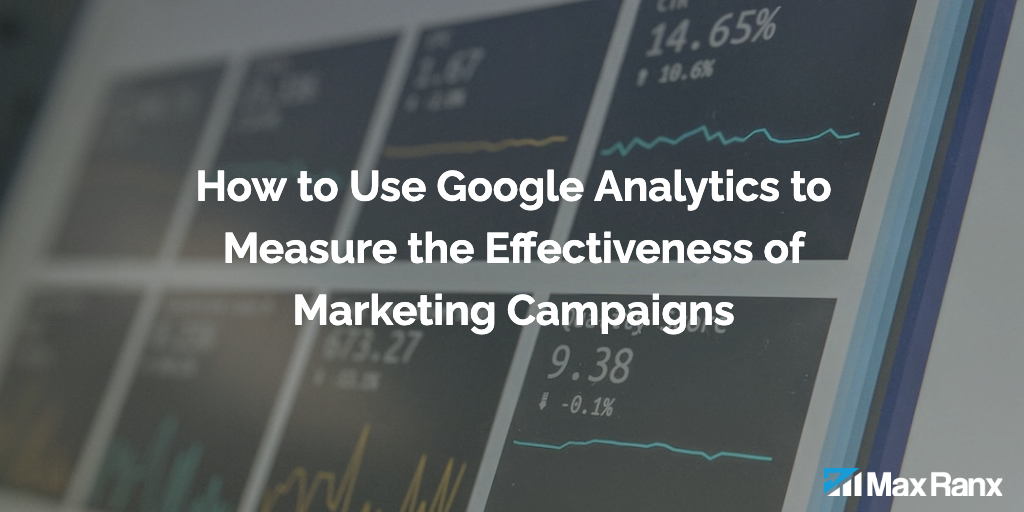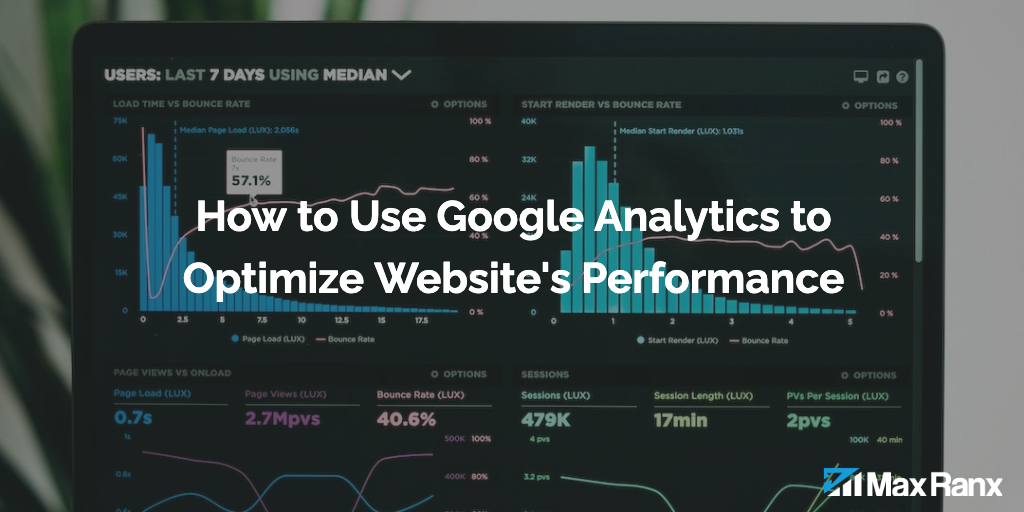Attribution modeling is a process used to determine how much credit each marketing touchpoint or channel should receive for the conversion that occurs on a website. This is important because it helps businesses understand which marketing efforts are most effective at driving conversions, and it allows them to allocate their marketing budget more effectively.
Google Analytics offers a number of attribution models that businesses can use to understand the role that different marketing channels play in the customer journey. In this article, we’ll take a detailed look at how Google Analytics attribution modeling works, and discuss the benefits of using attribution modeling to understand your marketing performance.
What is attribution modeling?
Attribution modeling is the process of assigning credit to different marketing channels or touchpoints in the customer journey. This is important because it helps businesses understand which marketing efforts are most effective at driving conversions, and it allows them to allocate their marketing budget more effectively.
For example, if a customer clicks on a Google Ads ad before making a purchase, attribution modeling helps determine how much credit the Google Ads channel should receive for the conversion. This information is useful for businesses because it allows them to understand which marketing channels are most effective at driving conversions, and it helps them allocate their marketing budget more effectively.
There are a number of different attribution models that businesses can use to understand the role that different marketing channels play in the customer journey. Some common attribution models include:
- First-click attribution: This model gives credit to the first marketing channel that a customer interacts with before making a purchase.
- Last-click attribution: This model gives credit to the last marketing channel that a customer interacts with before making a purchase.
- Linear attribution: This model gives equal credit to all marketing channels that a customer interacts with before making a purchase.
- Time decay attribution: This model gives more credit to marketing channels that are closer in time to the conversion.
- Position-based attribution: This model gives more credit to the first and last marketing channels that a customer interacts with before making a purchase, and less credit to the middle channels.
How does Google Analytics attribution modeling work?
Google Analytics offers a number of attribution models that businesses can use to understand the role that different marketing channels play in the customer journey. These models can be found in the Attribution section of the Google Analytics interface.
To use Google Analytics attribution modeling, businesses first need to enable data collection for the marketing channels they want to track. This can be done by installing the Google Analytics tracking code on their website and linking their Google Analytics account to other marketing tools such as Google Ads or social media platforms.
Once data collection is enabled, businesses can use the Attribution section of the Google Analytics interface to analyze the performance of their marketing channels. They can select from a number of different attribution models to understand how each marketing channel contributes to conversions.
For example, if a business wants to understand the role that different marketing channels play in the customer journey, they can select the Linear attribution model in the Attribution section of the Google Analytics interface. This will show them how much credit each marketing channel is receiving for conversions, and allow them to see which channels are most effective at driving conversions.
Benefits of using attribution modeling
There are a number of benefits to using attribution modeling to understand the performance of your marketing channels. Some of the key benefits include:
- Better allocation of marketing budget: By understanding which marketing channels are most effective at driving conversions, businesses can allocate their marketing budget more effectively. This can help them maximize the return on their marketing investment and drive more sales.
- Improved understanding of the customer journey: Attribution modeling helps businesses understand the customer journey, and how different marketing channels influence conversions. This can help businesses optimize their marketing efforts and improve the customer experience.
- Greater transparency: Attribution modeling provides greater transparency into the performance of different marketing channels, and helps businesses understand which channels are most effective at driving conversions. This can help businesses make more informed decisions about their marketing strategy.
- Enhanced marketing ROI: By understanding which marketing channels are most effective at driving conversions, businesses can optimize their marketing efforts to drive more sales and improve their marketing ROI.
Conclusion
Attribution modeling is a powerful tool that businesses can use to understand the role that different marketing channels play in the customer journey. By using attribution modeling, businesses can allocate their marketing budget more effectively, optimize their marketing efforts, and gain better understanding of channel performance.




